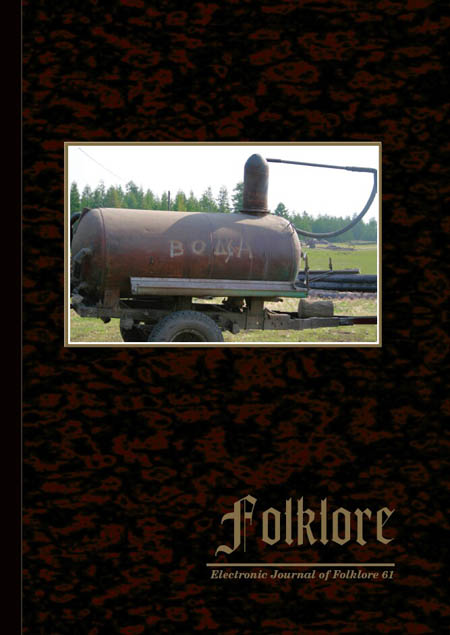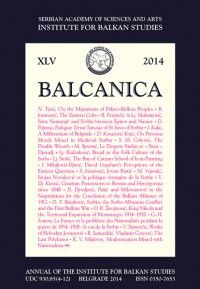The Bay of Cattaro (Kotor) School of Icon-Painting 1680–1860
Author(s): Ljiljana Stošić / Language(s):
/ Issue: 45/2014
Keywords: Icon-painting; woodcarving; frescoes; Dimitrijević-Rafailović family; Maksim Tujković; Bay of Cattaro (Kotor); Risan; Morača monastery
Relying on post-Byzantine tradition, eleven painters from five generations of the Dimitrijević-Rafailović family, accompanied by Maksim Tujković, painted several thousand icons and several hundred iconostases between the late seventeenth and the second half of the nineteenth century. They worked in major Orthodox Christian monasteries in Montenegro, Kosovo and Metohija, Bosnia and Herzegovina and Dalmatia, but their works can mostly be found in modest village churches in the Bay of Kotor (Cattaro) and on the South Adriatic coast. The decoration of these churches was financially supported by the local population headed by elders. Along with a reconstruction of their biographies and a chronological overview of their major works, this paper seeks to trace stylistic changes in the Bay of Kotor school of icon-painting. While simply varying a thematic repertory established in earlier periods, the painters from the Bay of Kotor were gradually introducing new details and themes adopted from Western European Baroque art under indirect influences coming from the monastery of Hilandar, Corfu, Venice and Russia. This process makes this indigenous school of icon-painting, which spanned almost two centuries, comparable to the work of Serbian traditional religious painters (zografs) and illuminators active north of the Sava and Danube rivers after the Great Migration of the Serbs (1690). Despite differences between the two, which resulted from different cultural and historical circumstances in which Serbs lived under Ottoman, Venetian and Habsburg rules, similarities in iconography and style, which were inspired by an urge to counteract proselytic pressures, are considerably more important.
More...


